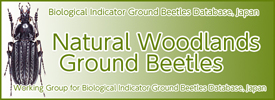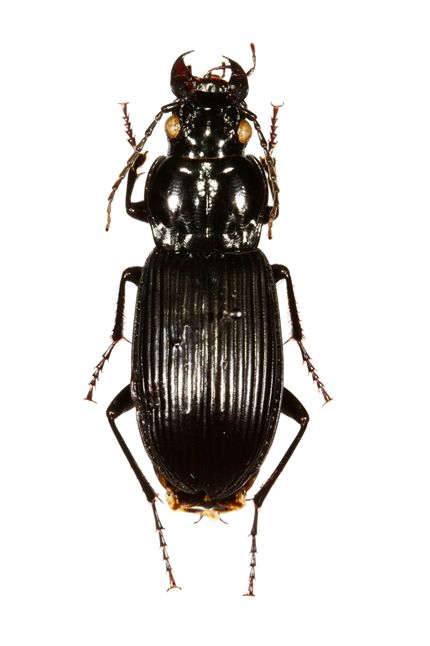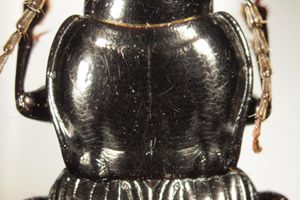| Ecology |
flatland (Inoue 1953u, Yamaguchi museum 1988, Kasahara and Nishiyama 1990), grassland (Inoue 1953u, Suzuki and Sakuratani 2010), under the fallen trees (Inoue 1953u), farm field (Okutani et al. 1971), riverbed (Terada 1983, Lee and Ishii 2009, 2010), bank (Aono 1987), vineyard (Yano et al. 1989, Togashi and Ohbata 1995), forest adjoinig agroecosystems (Yahiro et al. 1990), plantation of Chamaecyparis obtusa and Cryptomeria japonica (Tanaka 1991b), grassland adjoining to paddy field (Tanaka 1991b), meadow (Tanaka 1991b, Hosoda et al. 1996), paddy field (Yahiro et al. 1992, Lee et al. 2008), slope of mound (Sunose 1992, Sunose and Kurosawa 1992), fallow field (Sunose 1992, Sunose and Kurosawa 1992), pear orchard (Togashi and Ura 1994), broad leaved deciduous forest (Togashi and Hashimoto 1994), onion field (Togashi and Kitajima 1993), edge of broad-leaved deciduous forest neighboring paddy fields (Togashi and Hashimoto 1994), forage crop field (Ishitani et al. 1994), fig orchard (Ishitani and Yano 1994, Ishitani 1996), riverbed (Ishii et al. 1996, Ishitani 1996, Ishitani et al. 1997, Yamazaki et al. 1999), secondary forest of Alnus sieboldiana (Ishitani 1996), rape field (Ishitani 1996), upland field (Hiramatsu 2004), broad leaved forest (Matsumoto 2005), urban forest (Fujita et al. 2008), pasture (Kagawa 2008), orchard (Kagawa 2008), coppice forest (Kagawa 2008, Matsumoto 2008), urban park (Lee and Ishii 2009), Satoyama forest (Lee and Ishii 2009, Suzuki and Sakuratani 2010), adult (Inoue 1953u, Suda 1980, Ishitani 1996, Yamazaki et al. 1999), In our breeding room the adults oviposited from late May to middle June (Habu and Sadanaga 1969), from middle June to July (Inoue 1953u), summer (Tanaka 1991b), spring (Yamazaki et al. 1999), carnivorous (Ishitani 1996), Mamestra (Nawa 1907), aphid on the vegetables (Nawa 1907), planthopper (Nawa 1907, Nawa 1924, Kajiwara 1929), armyworms (Nawa 1917, Nawa 1920, Hori. 1935, Izumi 1951), larvae of Pales pavida (Takaoka 1950), Lepidopteran larvae (Inoue 1953u), to injure the seedling of Abies sachalinensis Fr. Schum., Picea jezoensis Carr., Larix leptolepis Gord., Populus sieboldii Miq., Betula spp. and Fraxinus mandshurica Rupr. var. japonica Maxim. (Inoue, M. 1953), the adults liberate the roots of the nurseryplants from the soil and cause to wither them inasmuc as they move under the surface of nurseries (Uchida 1954), make hole to lay eggs in soil (Habu and Sadanaga 1969), nocturnal (Inoue 1953u), low phototaxis (Inoue 1953u), collected by light trapping (Ishitani 1996), synovigenic type (Ishitani 1996) |
 |
| 






